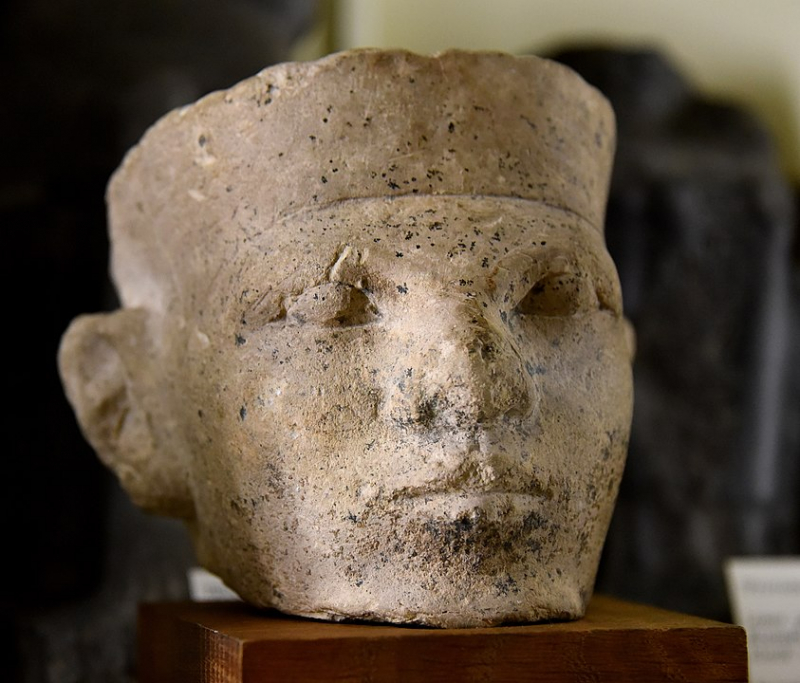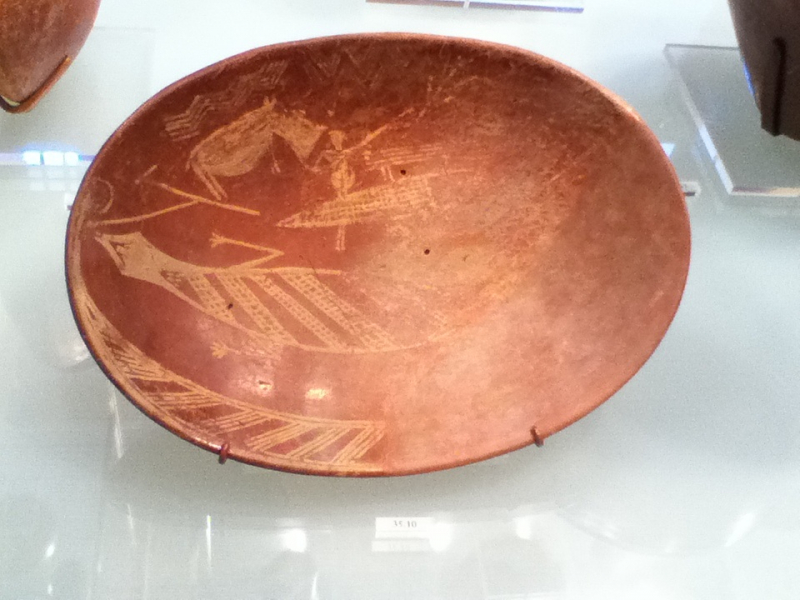The Early Dynastic Period

The Early Dynastic Period, also known as the Thinite Period (from Thinis, the alleged hometown of its rulers), is the period of ancient Egypt that immediately followed the unification of Upper and Lower Egypt in around 3150 BC. It is widely accepted to cover the First and Second Dynasties, which lasted from the conclusion of Naqada III's archaeological civilization until around 2686 BC, or the beginning of the Old Kingdom. The Egyptian capital was relocated from Thinis to Memphis during the First Dynasty, and the unified land was controlled by an Egyptian god-king. In the south, Abydos remained the major seat of ancient Egyptian religion; throughout the Early Dynastic Period, the characteristics of ancient Egyptian culture, such as Egyptian art, Egyptian architecture, and many parts of Egyptian religion, took shape.
Prior to Egypt's unification, the country was settled with autonomous communities. With the early dynasties, and for much of Egypt's subsequent history, the land became known as "The Two Lands" (referencing Upper and Lower Egypt). The pharaohs built a national administration and appointed royal governors, and the central government's buildings were typically open-air temples made of wood or sandstone. The earliest Egyptian hieroglyphs exist just before this time, while little is known about the spoken language they represent.
Period: c. 3150–2686 BC










